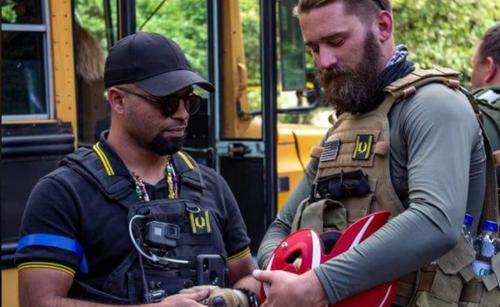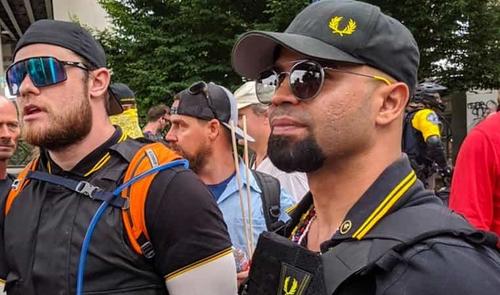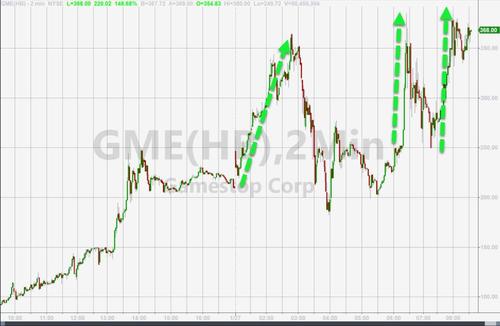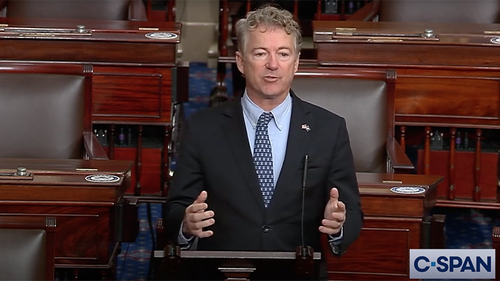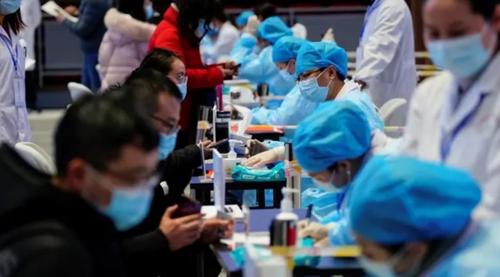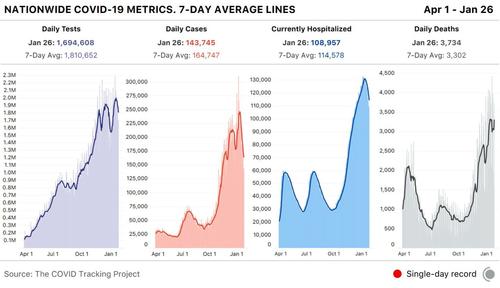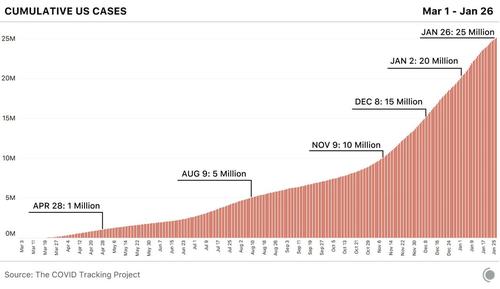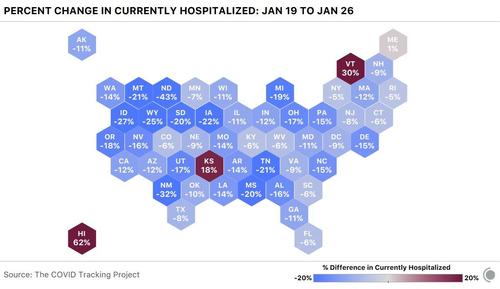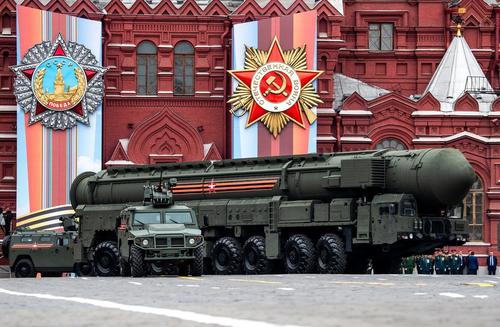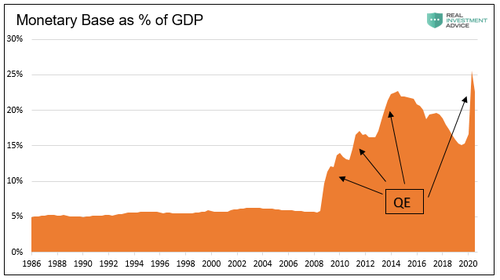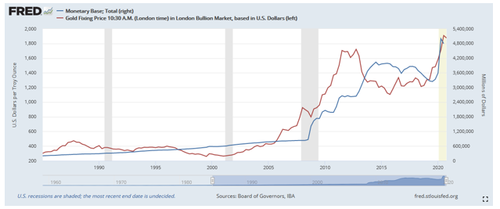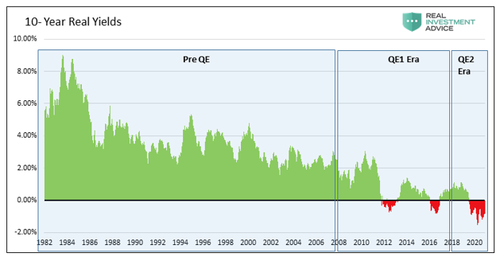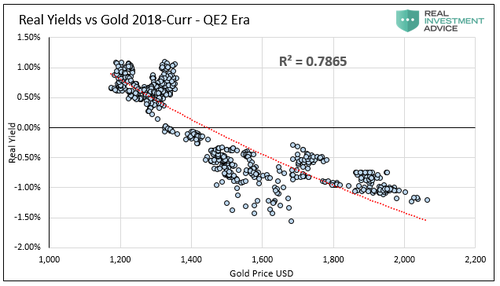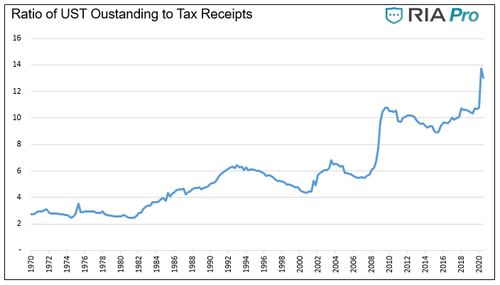Newsweek (Meghan Roos) reports:
The president of a literary agency [the Jennifer De Chiara Literary Agency] based in New York City said Monday on Twitter that one of the agency’s employees was terminated after her use of conservative social media sites Parler and Gab was discovered.
Is that legal?
The First Amendment, by its terms, doesn’t apply to private employers. It says “Congress shall …,” which has been read as applying to the federal government generally; the Fourteenth Amendment, which starts with “no state,” has applied this to state and local governments. But just as private firings based on religion or race don’t violate the Free Exercise Clause or the Equal Protection Clause, private firings based on speech don’t violate the Free Speech Clause.
But they might violate statutes. Federal law, for instance, generally bans private employers with 15 or more employees from firing people based on race and religion; many state laws do the same even as to smaller employers. And a considerable number of states bans firings based on certain kinds of speech or political activity, though the rules vary from state to state (and sometimes even by city and county), and are often quite vague.
I canvassed these laws in a 2012 article (and Utah has enacted a new law since then), but for now let’s turn to the New York law. Let’s assume for this that the article is correct in describing Oefelein as an employee; the law may not apply to certain kinds of independent contractors. (Whether New York law applies to an employee who apparently works from Alaska is an interesting question, which I’ll set aside for now; it would likely to turn on various details of the employment relationship, including whether the employment contract calls for applying New York law. Alaska has no such employee protection law.)
New York bars employer retaliation for off-duty “recreational activities,” including, among other things, “reading and the viewing of television, movies, and similar material.”
(2) Unless otherwise provided by law, it shall be unlawful for any employer or employment agency to refuse to hire, employ or license, or to discharge from employment or otherwise discriminate against an individual in compensation, promotion or terms, conditions or privileges of employment because of …
(c) an individual’s legal recreational activities outside work hours, off of the employer’s premises and without use of the employer’s equipment or other property …
{“Recreational activities” shall mean any lawful, leisure-time activity, for which the employee receives no compensation and which is generally engaged in for recreational purposes, including but not limited to sports, games, hobbies, exercise, reading and the viewing of television, movies and similar material ….}
(3)(a) [This section shall not be deemed to protect activity that] creates a material conflict of interest related to the employer’s trade secrets, proprietary information or other proprietary or business interest ….
(4) [A]n employer shall not be in violation of this section where the employer takes action based on the belief … that: … (iii) the individual’s actions were deemed by an employer or previous employer to be illegal or to constitute habitually poor performance, incompetency or misconduct.[1]
A separate part of the statute expressly protects a limited range of partisan political activities (“(i) running for public office, (ii) campaigning for a candidate for public office, or (iii) participating in fund-raising activities for the benefit of a candidate, political party or political advocacy group”); the question is whether the “recreational activities” protection covers political commentary on social media that’s outside those narrow categories.
The answer is unfortunately unsettled. Court decisions have indeed treated “recreational activities” as including arguing about politics at a social function[2] and participating in a vigil for a man killed because of his homosexuality.[3] Plus if “reading and the viewing of television, movies and similar material” is recreational, why wouldn’t writing and posting material on a social media platform be recreational too?
But one court has held that picketing is not sufficiently “recreational” to qualify.[4] Other New York courts have likewise held that certain non-speech activities—dating[5] and organizing and participating in “after-work celebrations with fellow employees”[6]—that might normally be seen as recreational nonetheless are not covered by the statute. This suggests that “recreational activities” might likewise be read narrowly in some speech cases.
It’s also not clear how the “without use of the employer’s equipment or other property” exception would play out here. There would be a factual question: Did the employee, for instance, use a company-issued phone or computer? And there may be a legal question: How should company-issued devices that are expected to be used at home for personal purposes alongside business purposes be treated for purposes of the law? I know of no cases exploring that.
What about the exception for activity that “creates a material conflict of interest related to the employer’s trade secrets, proprietary information or other proprietary or business interest”—could an employer argue that it allows firing for any activity that might harm the employer’s business by offending some customers or business partners?
One case read the exception as allowing the German National Tourist Office to fire an employee for becoming known as the translator of some Holocaust revisionist articles.[7] Presumably the court’s view was that the activity could lead to public hostility to the office, and that this hostility created a “conflict of interest” between the employee and the employer’s “business interest.” If that’s so, it could apply to any speech or other recreational conduct that’s sufficiently unpopular. But other cases interpreting similar statutes in other states, however, consider some speech to be protected even when it does undermine the employer’s business, for instance by offending customers.
Again, keep in mind that this is the New York statute; if a similar matter comes up in another state, you’d need to consult the statute in that state (or, in some instances, city or county). And note that none of this speaks to whether these laws are good ideas. Perhaps employers should be free to fire employees based on their speech or political activity or recreational activity (or their religion or sexual preference or race or what have you); or perhaps speech should be treated more like, for instance, religion, as a basis on which the employer may not fire an employee (even if the religion is quite unpopular); here, I just talk about what the law is.
[1] N.Y. Lab. Law § 201-d (McKinney 2011) (enacted 1992).
[2] Cavanaugh v. Doherty, 243 A.D.2d 92, 100 (N.Y. App. Div. 1998) (treating an allegation that plaintiff was fired “as a result of a discussion during recreational activities outside of the workplace in which her political affiliations became an issue” as covered by the statute).
[3] El-Amine v. Avon Prods., Inc., 293 A.D.2d 283 (N.Y. App. Div. 2002) (affirming denial of summary judgment in a § 201-d(2) case apparently brought based on plaintiff’s “involvement in a vigil for Matthew Shepard, the gay college student who was brutally murdered in Laramie, Wyoming,” Jennifer Gonnerman, Avon Firing, Village Voice, Mar. 2, 1999).
[4] Kolb v. Camilleri, No. 02-CV-0117A(Sr), 2008 WL 3049855, at *13 (W.D.N.Y. Aug. 1, 2008) (“Plaintiff did not engage in picketing for his leisure, but as a form of protest. While the Court has found such protest worthy of constitutional protection, it should not engender simultaneous protection as a recreational activity akin to ‘sports, games, hobbies, exercise, reading and the viewing of television, movies and similar material.'”).
[5] E.g., Hudson v. Goldman Sachs & Co., 283 A.D.2d 246 (N.Y. App. Div. 2001) (“romantic relationships are not protected ‘recreational activities'”); State v. Wal-Mart Stores, Inc., 207 A.D.2d 150 (N.Y. App. Div. 1995) (“dating is entirely distinct from … recreational activity”) (internal quotation marks omitted). But see id. at 153 (Yesawich, J., dissenting) (arguing that dating should be seen as covered).
[6] Delran v. Prada USA Corp., No. 101691/04, 2004 WL 5488006 (N.Y. Sup. Ct. Aug. 2, 2004).
[7] Berg v. German Nat’l Tourist Office, 248 A.D.2d 297 (N.Y. App. Div. 1998); Paul Schwartzman, It Just Isn’t Write[;] German Axed Over Hate Mag Article, Daily News (N.Y.), May 11, 1995, at 6.
from Latest – Reason.com https://ift.tt/3poM8zH
via IFTTT
